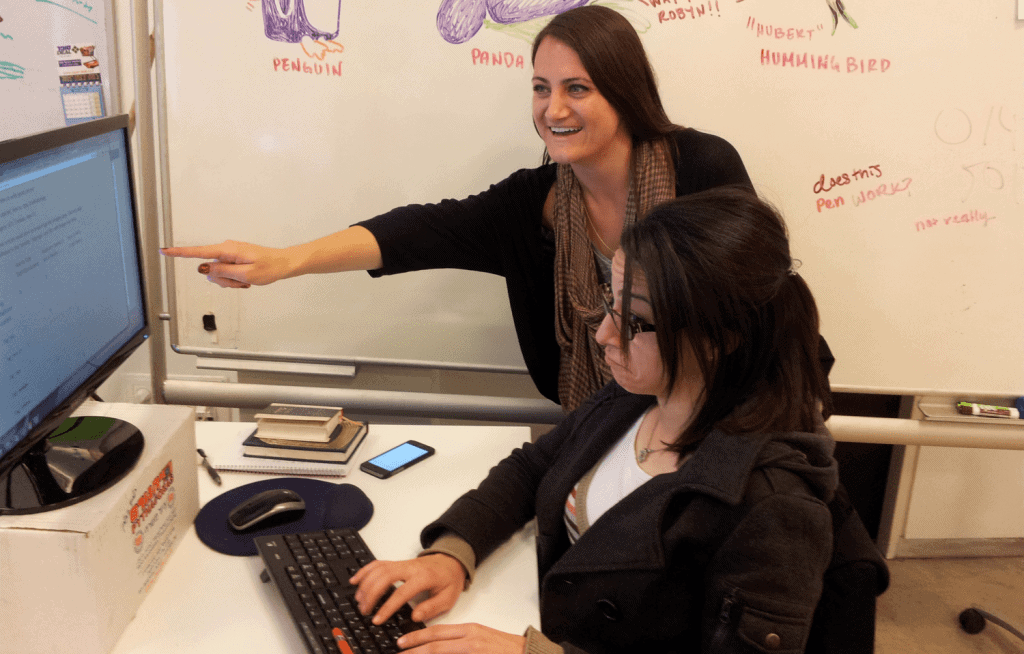Introduction to Client Relationships
I’m a friendly guy. I like to smile, joke around, and have a jolly time. It’s no wonder then that one of the most fulfilling aspects of my work here at Kahena is interacting with clients, working together with them to make the big wins happen, getting excited about new campaign launches together, and holding hands (albeit metaphorically) during the slopes inherent in any campaign cycle.
The human aspect of our work is crucial, and too often it’s overlooked in lieu of overambitious to-do lists and campaign goals. Don’t get me wrong: strategizing, implementing, and achieving what we set out to do are all vital aspects of professional workflow. But our work is only meaningful if we can confidently bring it to the table and discuss it openly with the people we strive to do great work for on a daily basis. We need to cultivate and nurture our relationships with our clients.

The professional social landscape is similar in many ways to that of any other interpersonal relationship, and I think we sometimes forget that. Understandably, however, there are certain areas in which client relationships take on a more serious tone. It’s all a delicate balance. So, what aspects of the relationship set client contacts apart from other friendly interpersonal connections that we’re used to? Outlining two key differences below will help us re-examine our communication and understand the balance behind the hustle of our great work.
We Are Being Paid for Our Time
The first and foremost factor that I keep in mind when interacting with a client is that I am being paid for my time. Friends might call us to pick them up when they’re stranded on the side of the highway… 3 hours north on I-95… at 3 o’clock in the morning (yes, this actually happened to me)… and we’ll probably go pick them up. Friends build trust by being there for each other through thick and thin.
Clients, on the other hand, compensate us for prospective services and rightfully expect us to deliver in return. They can easily pick up and move to a new service provider at any time. Humility and confidence must be balanced. If we keep client trust on our minds while moving forward with confidence in our ability to truly go above and beyond anticipated expectations, we begin to hone in on the key to successful client relationship management. This is what I consider the secret sauce to great client work.
If you’re having trouble getting motivated or truly understanding the implications of what it means to be paid in turn for great service, look no further than this nifty Cash Clock from Online Stopwatch. Plug in relevant numbers and let it tick for an hour relative to the accounts you manage. This will light a fire under your butt, if you don’t have one there already. If this does not work to motivate you, do everyone a favor and quit. You’re wasting resources and stealing precious time and money away from account managers who actually give a damn.
Excuses?! Ain’t Nobody Got Time For That!
When I was younger, I was taught the saying, “There are a thousand excuses for failure, but never a good reason.” (commonly attributed to Mark Twain). This lesson had a profound impact on me. When I make a mistake, I make it a point to own up to my wrongdoings instead of settling for poor excuses. While it’s always more convenient to blame circumstance, I am real with people and find that it generally eases the transition to making amends through truthful evaluation of my wrongdoing.
When working with clients, however, the margin for acceptable error is significantly reduced. Missing the deadline on an important deliverable that our client-side contact planned on sharing at a shareholders meeting probably won’t end well. And it shouldn’t.
This is not to say it’s never acceptable to reset expectations within reason. We need to be real with our clients but let them know in advance when deadlines need to be changed or phone calls rescheduled. The margin for human error is great, and this is understandable so long as it doesn’t happen too often and we’re upfront and transparent when necessary. When we make excuses, the client hears, “I don’t really care about you or your time.” And nobody likes feeling that way.
In Conclusion
There is much at play in the professional client-facing world. There are always so many tasks to juggle and busy communication to maintain. But we have to make sure we’re on top of it all. We need to make sure we always put our best foot forward and care intensely about the work we do for our clients every day. There’s no place for sorry excuses, mediocrity, or wasted time. At the end of the day, being “professional” does not come at the expense of being ourselves. If taken seriously, healthy, professional client relationships can help us grow as people just like our personal relationships. Bottom line, both we and our clients are part of something greater than ourselves and have to work together to fulfill the ultimate potential of what a campaign and a professional relationship can be.
Author Post Script: After writing the above post, I discovered this great Wil Reynolds video that drives home the sentiment.
[youtube http://www.youtube.com/watch?v=kblQY3i20pk?rel=0&start=50]
